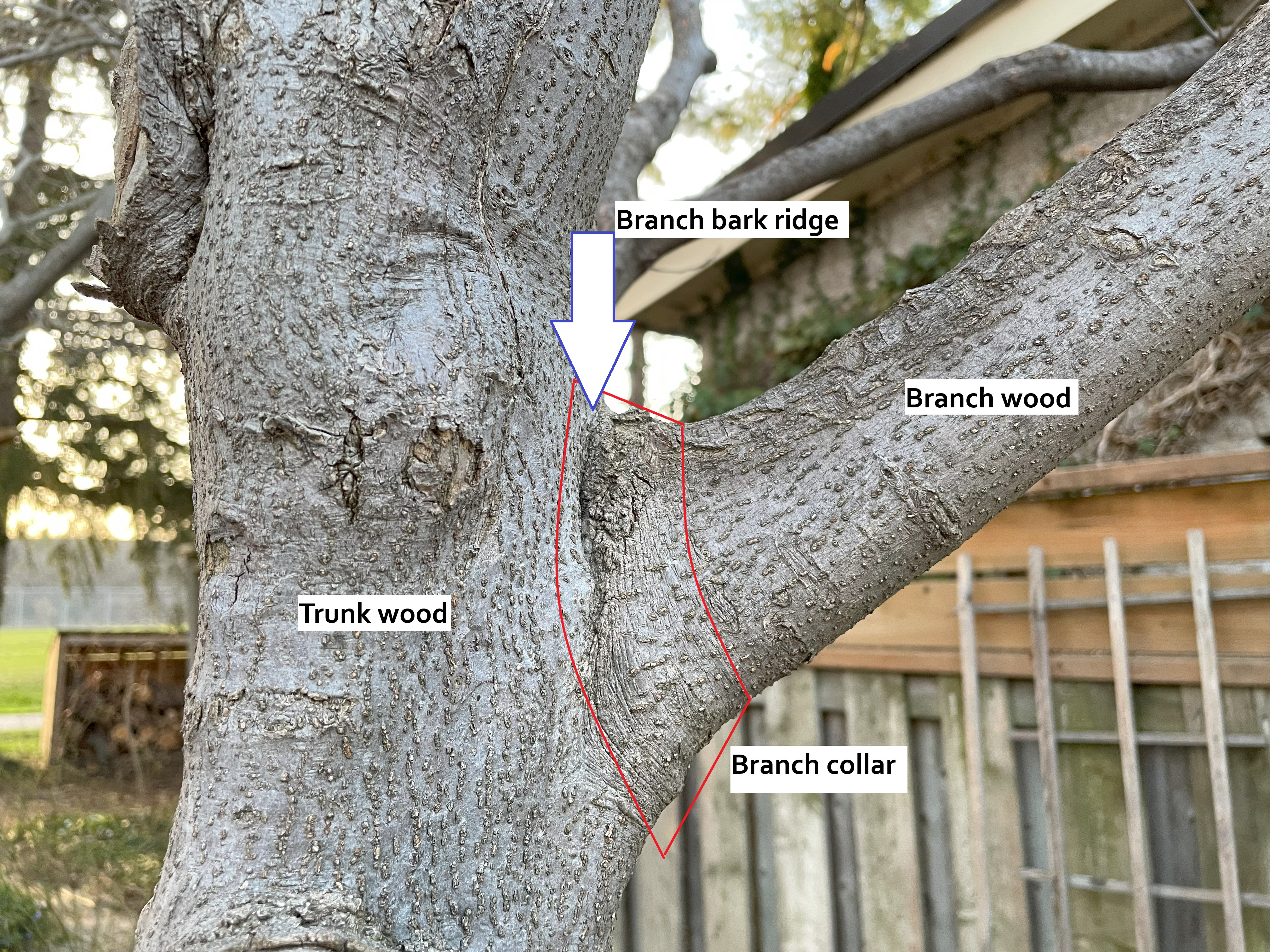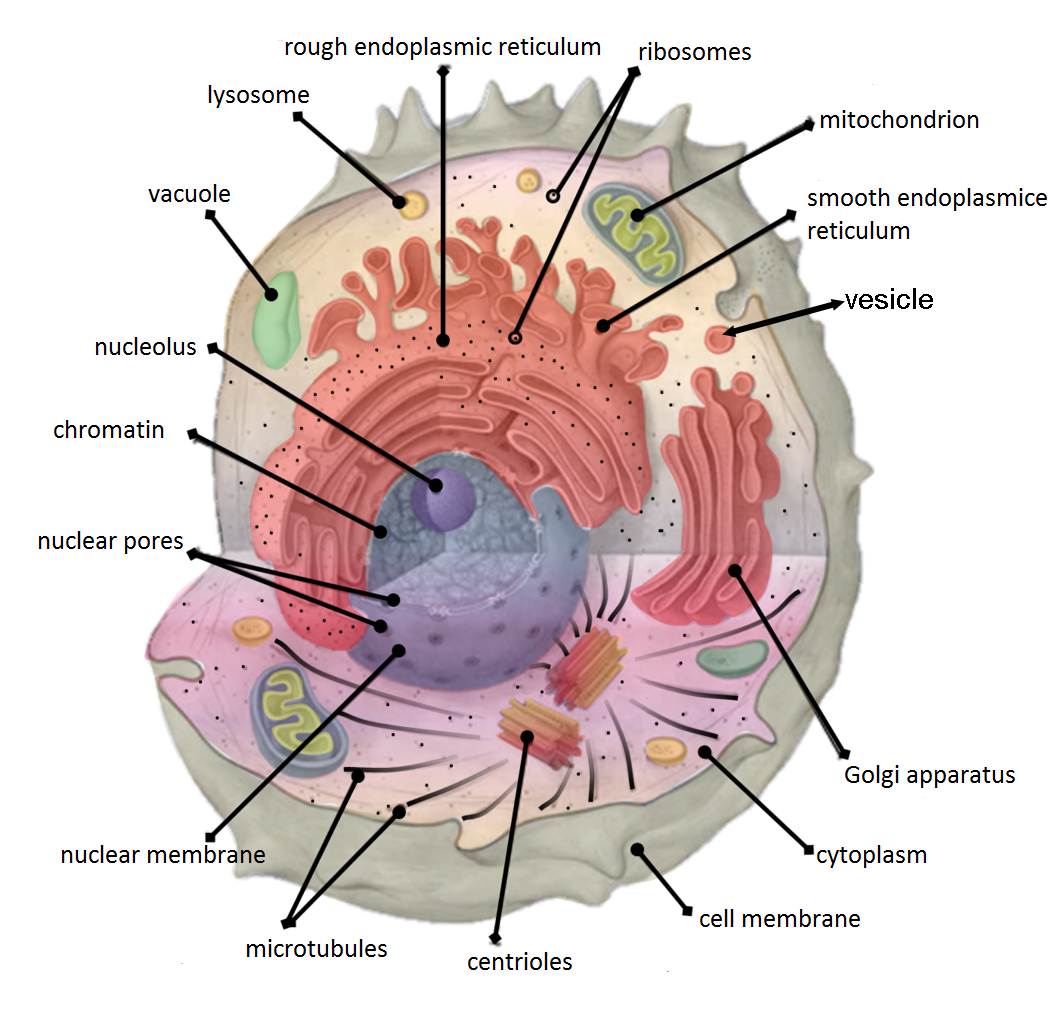|
Heart Rot
In trees, heart rot is a fungal disease that causes the decay of wood at the center of the trunk and branches. Fungi enter the tree through wounds in the bark and decay the heartwood. The diseased heartwood softens, making trees structurally weaker and prone to breakage. Heart rot is a major factor in the economics of logging and the natural growth dynamic of many older forests. Heart rot is prevalent throughout the world affecting all hardwood trees and can be very difficult to prevent. A good indication of heart rot is the presence of mushrooms or fungus conks on the tree. Biological cause 300px, The bracket fungus '' Fistulina hepatica'' is one of many that cause heart rot. Heart rot is caused by fungi entering the trunk of the tree through wounds in the bark. These wounds are areas of the tree where bare wood is exposed and usually, a result of improper pruning, fire damage, dead branches, insects, or even animal damage. The fungal spores enter the exposed wounds, germina ... [...More Info...] [...Related Items...] OR: [Wikipedia] [Google] [Baidu] [Amazon] |
Animal
Animals are multicellular, eukaryotic organisms in the Biology, biological Kingdom (biology), kingdom Animalia (). With few exceptions, animals heterotroph, consume organic material, Cellular respiration#Aerobic respiration, breathe oxygen, have myocytes and are motility, able to move, can reproduce sexually, and grow from a hollow sphere of Cell (biology), cells, the blastula, during embryonic development. Animals form a clade, meaning that they arose from a single common ancestor. Over 1.5 million extant taxon, living animal species have been species description, described, of which around 1.05 million are insects, over 85,000 are molluscs, and around 65,000 are vertebrates. It has been estimated there are as many as 7.77 million animal species on Earth. Animal body lengths range from to . They have complex ecologies and biological interaction, interactions with each other and their environments, forming intricate food webs. The scientific study of animals is known as ... [...More Info...] [...Related Items...] OR: [Wikipedia] [Google] [Baidu] [Amazon] |
Alnus Glutinosa
''Alnus glutinosa'', the common alder, black alder, European alder, European black alder, or just alder, is a species of tree in the family (biology), family Betulaceae, native plant, native to most of Europe, southwest Asia and northern Africa. It thrives in wet locations where its association with the bacterium ''Frankia alni'' enables it to grow in poor quality soils. It is a medium-sized, short-lived tree growing to a height of up to 30 metres (98 feet). It has short-stalked rounded leaves and separate male and female flowers in the form of catkins. The small, rounded fruits are cone-like and the seeds are dispersed by wind and water. The common alder provides food and shelter for wildlife, with a number of insects, lichens and fungi being completely dependent on the tree. It is a pioneer species, colonising vacant land and forming mixed forests as other trees appear in its wake. Eventually common alder dies out of woodlands because the seedlings need more light than is ... [...More Info...] [...Related Items...] OR: [Wikipedia] [Google] [Baidu] [Amazon] |
Branch Collar
A branch collar is the "shoulder" between the branch and trunk of woody plants; the inflammation formed at the base of the branch is caused by annually overlapping Trunk (botany), trunk tissue. The shape of the branch collar is due to two separate growth patterns, initially the branch grows basipetally, followed by seasonal trunk growth which envelops the branch. Branch collars serve as a strong foundation to the branch, and its orientation and internal characteristics allow the branch to withstand stress from numerous directions. Functionally the branch collars also influence the Conductivity (electrolytic), conductivity of nutrients and growth patterns. The branch collar which provides a protective barrier to prevent infection and decay, can also be useful in diagnosing bacterial diseases. Proper pruning techniques should accommodate for the branch collar structure, as by damaging the tree it is likely to decay or become diseased. Definition In arboriculture, the "shoulder" ... [...More Info...] [...Related Items...] OR: [Wikipedia] [Google] [Baidu] [Amazon] |
Pruning
Pruning is the selective removal of certain parts of a plant, such as branches, buds, or roots. It is practiced in horticulture (especially fruit tree pruning), arboriculture, and silviculture. The practice entails the targeted removal of diseased, damaged, dead, non-productive, structurally unsound, or otherwise unwanted plant material from crop and landscape plants. In general, the smaller the branch that is cut, the easier it is for a woody plant to compartmentalize the wound and thus limit the potential for pathogen intrusion and decay. It is therefore preferable to make any necessary formative structural pruning cuts to young plants, rather than removing large, poorly placed branches from mature plants. Woody plants may undergo a process referred to as ''self-pruning'', where they will drop twigs or branches which are no longer producing more energy than they require. It is theorized that this process can also occur in response to lack of water, in order to reduce the ... [...More Info...] [...Related Items...] OR: [Wikipedia] [Google] [Baidu] [Amazon] |
Cellular Compartment
Cellular compartments in cell biology comprise all of the closed parts within the cytosol of a eukaryotic cell, usually surrounded by a single or double lipid layer membrane. These compartments are often, but not always, defined as membrane-bound organelles. The formation of cellular compartments is called compartmentalization. Both organelles, the mitochondria and chloroplasts (in photosynthetic organisms), are compartments that are believed to be of endosymbiotic origin. Other compartments such as peroxisomes, lysosomes, the endoplasmic reticulum, the cell nucleus or the Golgi apparatus are not of endosymbiotic origin. Smaller elements like vesicles, and sometimes even microtubules can also be counted as compartments. It was thought that compartmentalization is not found in prokaryotic cells., but the discovery of carboxysomes and many other metabolosomes revealed that prokaryotic cells are capable of making compartmentalized structures, albeit these are in most cases ... [...More Info...] [...Related Items...] OR: [Wikipedia] [Google] [Baidu] [Amazon] |
Habitat
In ecology, habitat refers to the array of resources, biotic factors that are present in an area, such as to support the survival and reproduction of a particular species. A species' habitat can be seen as the physical manifestation of its ecological niche. Thus "habitat" is a species-specific term, fundamentally different from concepts such as Biophysical environment, environment or vegetation assemblages, for which the term "habitat-type" is more appropriate. The physical factors may include (for example): soil, moisture, range of temperature, and Luminous intensity, light intensity. Biotic index, Biotic factors include the availability of food and the presence or absence of Predation, predators. Every species has particular habitat requirements, habitat generalist species are able to thrive in a wide array of environmental conditions while habitat specialist species require a very limited set of factors to survive. The habitat of a species is not necessarily found in a ge ... [...More Info...] [...Related Items...] OR: [Wikipedia] [Google] [Baidu] [Amazon] |
Microorganism
A microorganism, or microbe, is an organism of microscopic scale, microscopic size, which may exist in its unicellular organism, single-celled form or as a Colony (biology)#Microbial colonies, colony of cells. The possible existence of unseen microbial life was suspected from antiquity, with an early attestation in Jain literature authored in 6th-century BC India. The scientific study of microorganisms began with their observation under the microscope in the 1670s by Anton van Leeuwenhoek. In the 1850s, Louis Pasteur found that microorganisms caused food spoilage, debunking the theory of spontaneous generation. In the 1880s, Robert Koch discovered that microorganisms caused the diseases tuberculosis, cholera, diphtheria, and anthrax. Microorganisms are extremely diverse, representing most unicellular organisms in all three domains of life: two of the three domains, Archaea and Bacteria, only contain microorganisms. The third domain, Eukaryota, includes all multicellular o ... [...More Info...] [...Related Items...] OR: [Wikipedia] [Google] [Baidu] [Amazon] |
Tree Hollow
A tree hollow or tree hole is a semi-enclosed cavity which has naturally formed in the trunk or branch of a tree. They are found mainly in old trees, whether living or not. Hollows form in many species of trees. They are a prominent feature of natural forests and woodlands, and act as a resource or habitat for fungi and a number of vertebrate and invertebrate animals. Hollows may form as the result of physiological stress from natural forces causing the excavating and exposure of the heartwood. Forces may include wind, fire, heat, lightning, rain, attack from insects (such as ants or beetles), bacteria, or fungi. Also, trees may self-prune, dropping lower branches as they reach maturity, exposing the area where the branch was attached. Many animals further develop the hollows using instruments such as their beak, teeth or claws. The size of hollows may depend on the age of the tree. For example, eucalypts develop hollows at all ages, but only from when the trees are 120 years ol ... [...More Info...] [...Related Items...] OR: [Wikipedia] [Google] [Baidu] [Amazon] |
Secondary Forest
A secondary forest (or second-growth forest) is a forest or woodland area which has regenerated through largely natural processes after human-caused Disturbance (ecology), disturbances, such as Logging, timber harvest or agriculture clearing, or equivalently disruptive natural phenomena. It is distinguished from an old-growth forest (primary or primeval forest), which has not recently undergone such disruption, and complex early Seral community, seral forest, as well as third-growth forests that result from harvest in second growth forests. Secondary forest regrowing after timber harvest differs from forest Ecological succession, regrowing after natural Disturbance (ecology), disturbances such as Wildfire, fire, insect infestation, or windthrow because the dead trees remain to provide nutrients, structure, and water retention after natural disturbances. Secondary forests are notably different from primary forests in their composition and biodiversity; however, they may still be hel ... [...More Info...] [...Related Items...] OR: [Wikipedia] [Google] [Baidu] [Amazon] |
Old-growth
An old-growth forest or primary forest is a forest that has developed over a long period of time without Disturbance (ecology), disturbance. Due to this, old-growth forests exhibit unique ecological features. The Food and Agriculture Organization of the United Nations defines primary forests as naturally regenerated forests of native tree species where there are no clearly visible indications of human activity and the ecological processes are not significantly disturbed. One-third (34 percent) of the world's forests are primary forests. Old-growth features include diverse tree-related structures that provide diverse wildlife habitats that increases the biodiversity of the forested ecosystem. Virgin or first-growth forests are old-growth forests that have never been logged. The concept of diverse tree structure includes multi-layered canopies and Canopy (biology), canopy gaps, greatly varying tree heights and diameters, and diverse tree species and classes and sizes of woody debr ... [...More Info...] [...Related Items...] OR: [Wikipedia] [Google] [Baidu] [Amazon] |
Timber
Lumber is wood that has been processed into uniform and useful sizes (dimensional lumber), including beams and planks or boards. Lumber is mainly used for construction framing, as well as finishing (floors, wall panels, window frames). Lumber has many uses beyond home building. Lumber is referred to as timber in the United Kingdom, Australia, and New Zealand, while in other parts of the world, including the United States and Canada, the term ''timber'' refers specifically to unprocessed wood fiber, such as cut logs or standing trees that have yet to be cut. Lumber may be supplied either rough- sawn, or surfaced on one or more of its faces. ''Rough lumber'' is the raw material for furniture-making, and manufacture of other items requiring cutting and shaping. It is available in many species, including hardwoods and softwoods, such as white pine and red pine, because of their low cost. ''Finished lumber'' is supplied in standard sizes, mostly for the construction ind ... [...More Info...] [...Related Items...] OR: [Wikipedia] [Google] [Baidu] [Amazon] |







